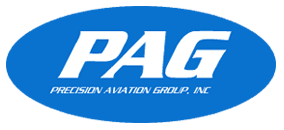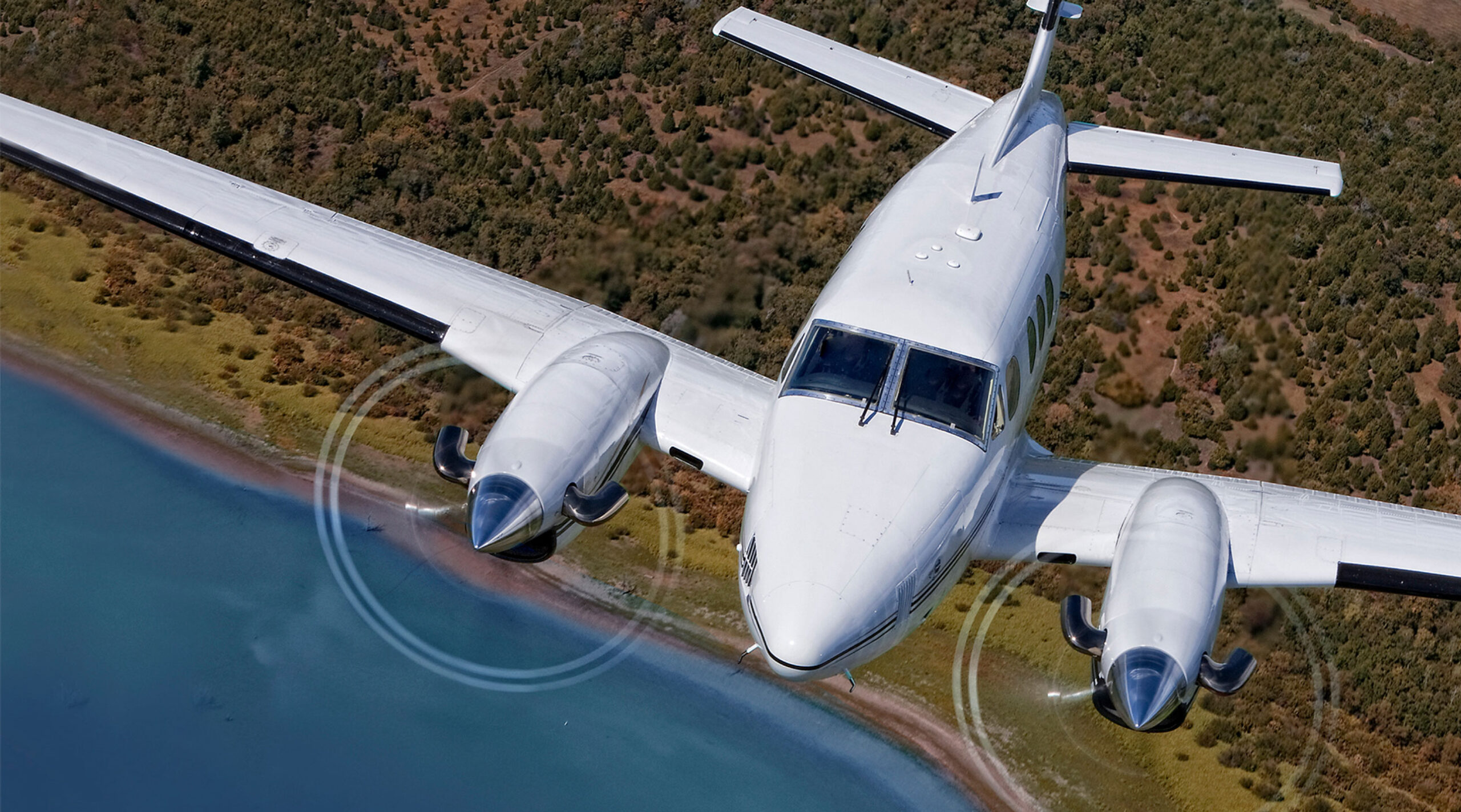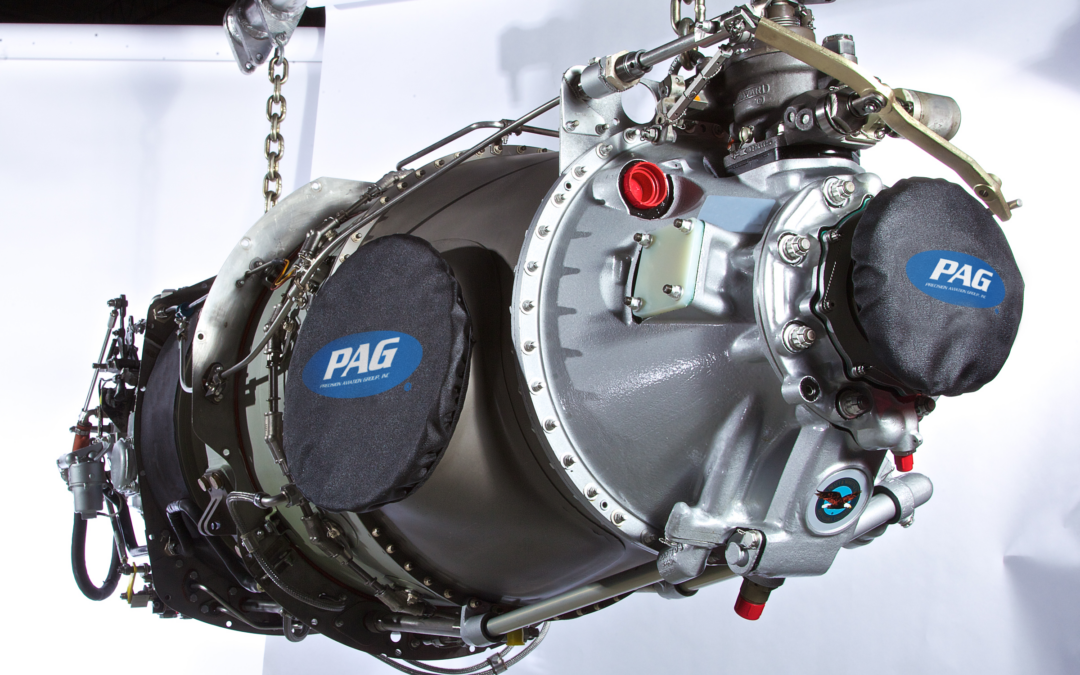Aftermarket avionics is a thriving industry due to continuous advancements in technology and the growing demand for customized options.

For aviation operators, the term “aftermarket avionics” refers to electronic systems and components not installed by the original equipment manufacturer (OEM) but are instead, provided by third-party vendors. Operators are looking for engineered solutions to help tailor their systems for specific needs, to enhance performance, and improve operational efficiency.
Overview
A wide range of aftermarket solutions include communication systems, navigation systems, flight control systems, and monitoring instruments. A primary driver for adopting aftermarket avionics is the need for advanced features not available with OEM equipment.
The market is buoyed by ongoing advancements in technology that provide greater functionality, reliability, and user-friendliness than legacy systems. With the rapid pace of innovation, newer avionics systems often integrate seamlessly with existing aircraft platforms, making retrofitting a viable option for many operators.
LCD Cockpit Displays
Traditional analog gauges and instruments are rapidly being replaced by Liquid Crystal Display (LCD) cockpits. LCDs offer multifunctional displays (MFDs) that integrate various systems into a unified interface. Customization includes display sizes, configurations, and layouts based on the operator’s preferences and mission requirements. Updating older LCD cockpit displays improves situational awareness, reduces pilot workload, and provides enhanced data integration.
Advanced Navigation Systems
Aftermarket avionics can include GPS, synthetic vision systems (SVS), and enhanced ground proximity warning systems (EGPWS). Customization allows for the integration of real-time weather updates, terrain mapping, and automatic flight path management. These enhancements increase safety, improve flight planning, and support in-flight decision-making.
Communication Systems
Modern communication systems are crucial for maintaining effective contact between the aircraft and air traffic control. Customization in this area could involve upgrading to digital communication systems, such as datalink services, which provide text-based communication capabilities and enable more efficient management of flight information. Additionally, avionics systems can be tailored to support various communication protocols and frequencies required for different operational environments.
Flight Management Systems (FMS)
An FMS is a crucial component for managing flight plans and optimizing flight performance. Aftermarket avionics offers customized FMS solutions such as advanced route planning, performance-based navigation, and integration with autopilots and flight directors. Custom FMS setups can improve operational efficiency by automating complex flight management tasks and ensuring compliance with air traffic control procedures.
Autopilot and Flight Control Systems
Upgrading or customizing autopilot systems can improve flight stability and ease of operation. Modern autopilots offer features such as altitude hold, heading select, and automated approach and landing capabilities. Customizing these systems to suit specific flight profiles or operational requirements can enhance safety and reduce pilot workload.
Traffic Collision Avoidance Systems (TCAS)
Traffic Collision Avoidance Systems are essential for preventing mid-air collisions. Aftermarket solutions provide upgrades to more advanced TCAS versions offering improved threat detection and resolution capabilities. Customization might include integrating TCAS with other avionics systems to provide a more comprehensive collision avoidance solution.
Engine Monitoring and Diagnostics
Sophisticated engine monitoring systems provide real-time data on engine performance and health. Customizing these systems involve setting up specific parameters for monitoring, alerting, and data logging based on the operational needs of the aircraft. Enhanced engine diagnostics can lead to better maintenance practices and improved operational reliability.
Benefits of Aftermarket Avionics Customization
- Improved safety features that help prevent accidents and enhance overall situational awareness
- Streamlined flight operations that automate various functions, optimize flight paths, and provide real-time data
- Expanded aircraft operational capabilities in various terrains and environmental conditions
- Integrated systems that reduce pilot workload, simplify system management, and enhance the overall flight experience
Aviation operators can turn to PAG for world-class avionics Maintenance, Repair, and Overhaul (MRO) services. As technology advances, we continue to provide more opportunities for customization and innovation.
Meet Brenda Sperber: General Manager – Velocity Aerospace/Burbank


